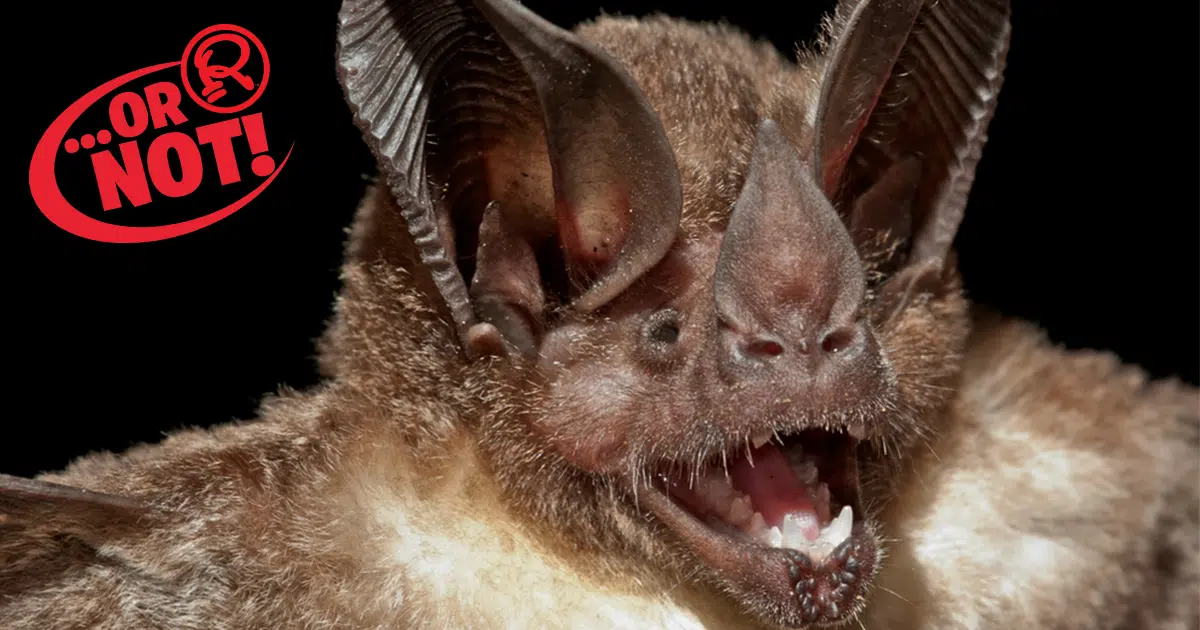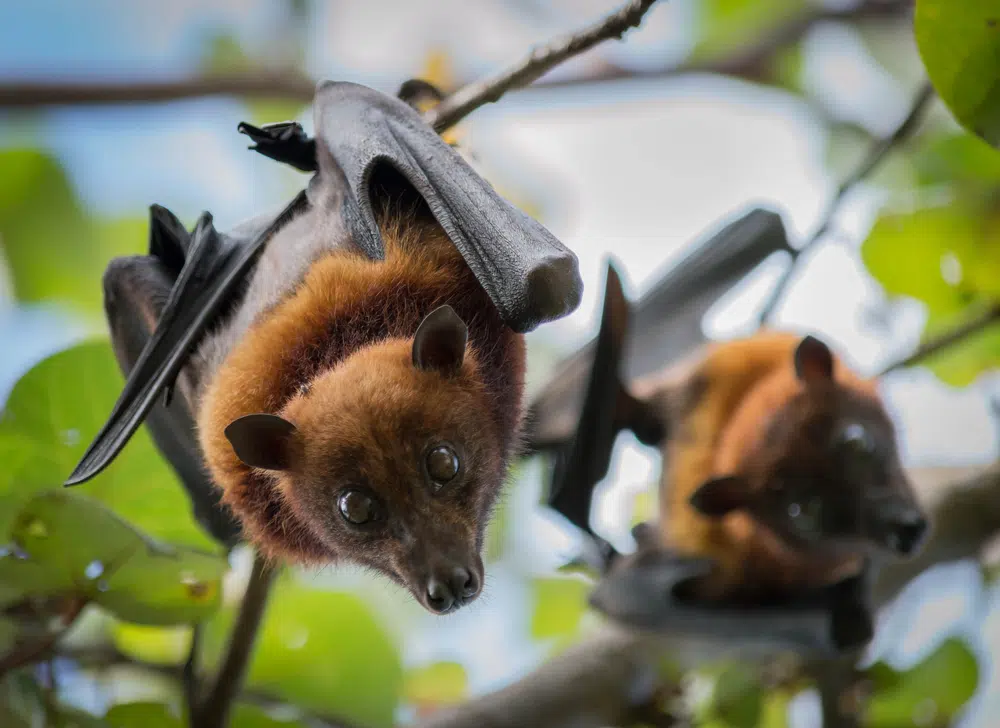Some Animals That Are Much Blinder Than Bats
Featured in Ripley's Believe It or Not!

Or Not
Today: Bats aren’t as blind as you think.
Most people have heard the expression, “blind as a bat,” but the nocturnal creatures aren’t actually sightless. In fact, some bats can see three times better than humans. Many bats can also see ultraviolet (UV) light, which is a wavelength of color that people can’t even detect.



